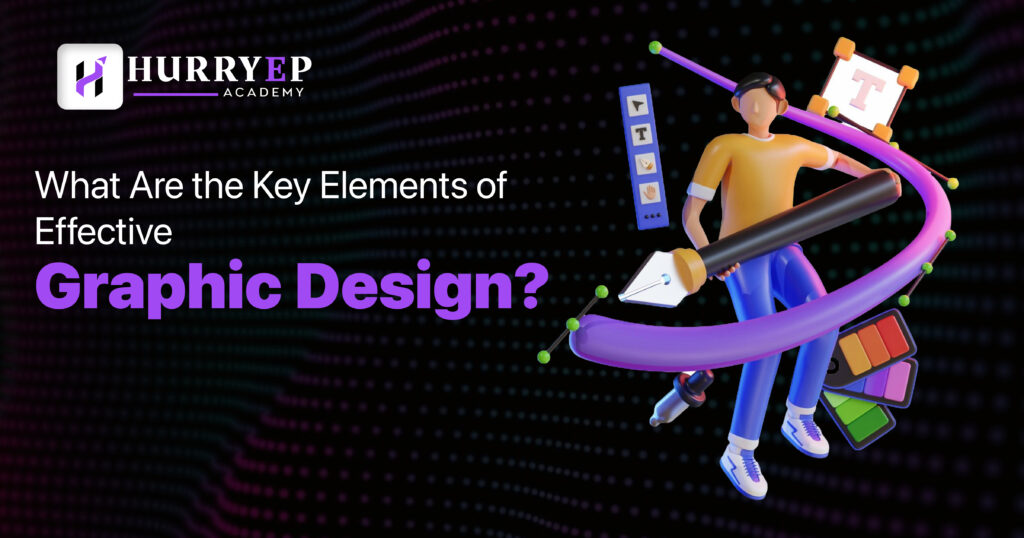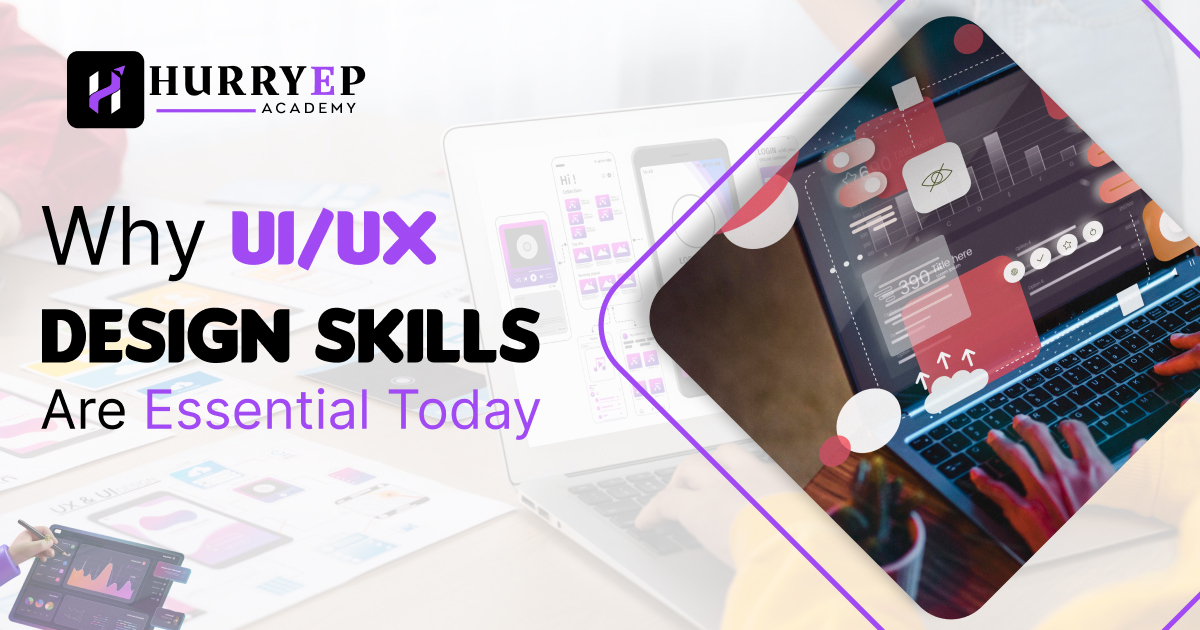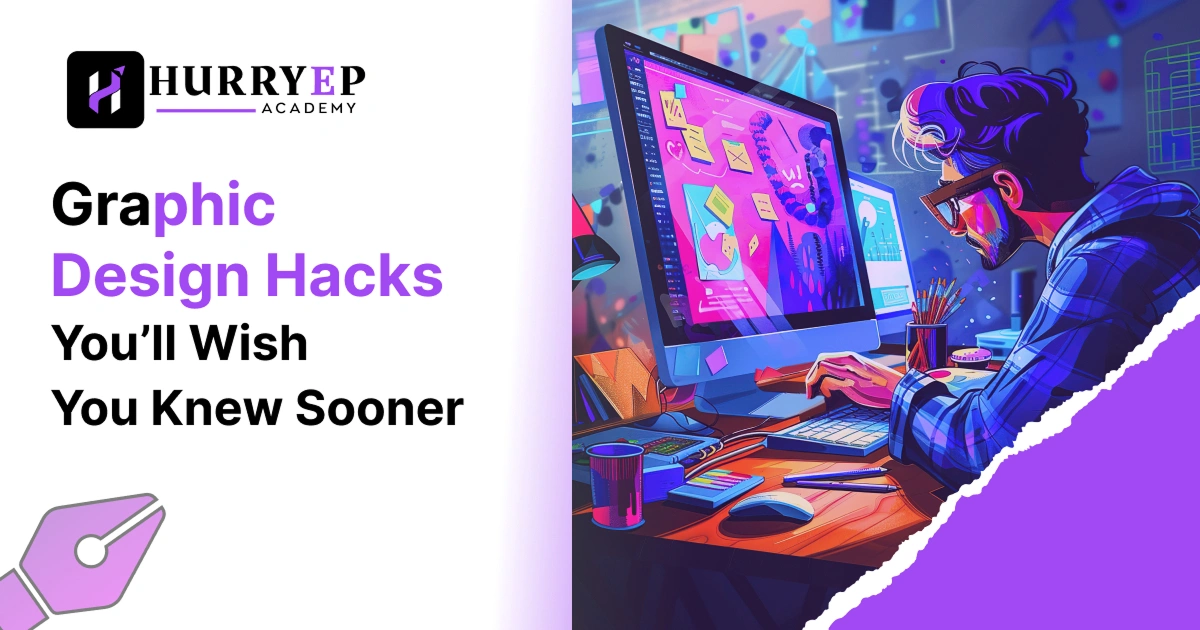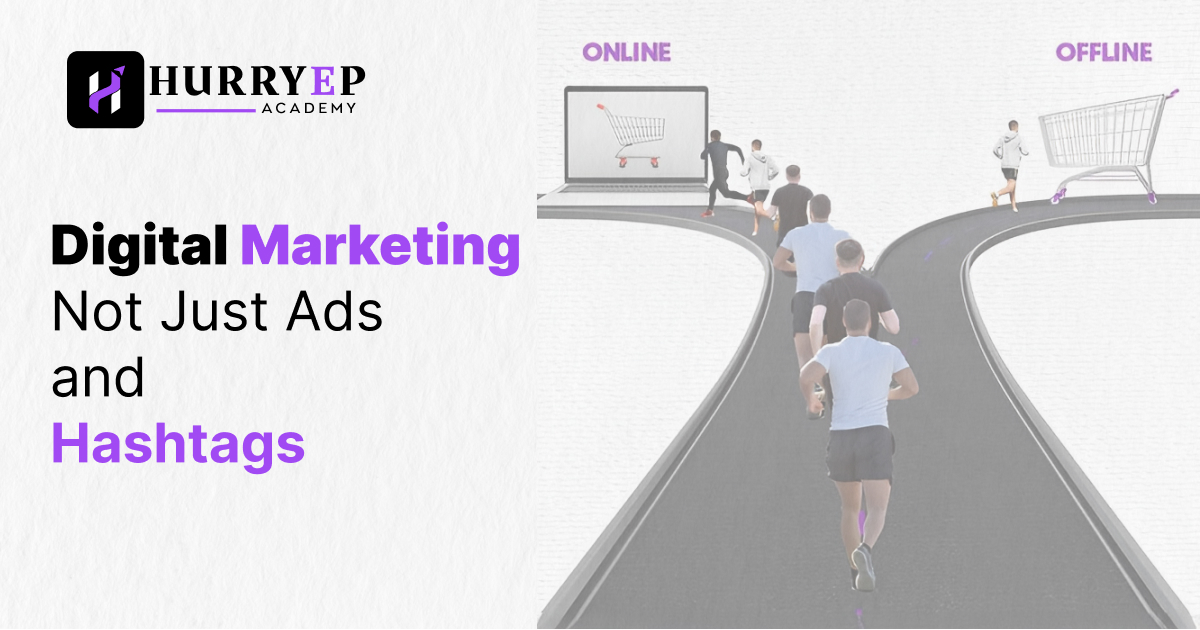
What Are the Key Elements of Effective Graphic Design?

Graphic design is a powerful tool for communication. To create impactful designs, certain elements need to work together seamlessly. Here are the key elements of effective graphic design:
1. Clear Visual Hierarchy
Visual hierarchy helps guide the viewer’s eye to the most important information first. Use size, contrast, and positioning to emphasize key messages. For instance, a bold headline at the top draws immediate attention, while supporting details can follow in smaller text.
2. Appropriate Use of Typography
Typography plays a crucial role in readability and tone. Select fonts that match the purpose of the design. Use a combination of styles like bold for headings and lighter fonts for body text but avoid overloading with too many typefaces.
3. Balanced Composition
A balanced layout ensures elements are visually appealing and evenly distributed. Use grids and alignment tools to maintain symmetry. For example, a flyer with text on one side and an image on the other can achieve harmony through equal spacing.
4. Effective Use of Color
Color evokes emotions and sets the tone of the design. Choose a palette that aligns with the message. For instance, warm colors like red and orange can create excitement, while cooler tones like blue and green convey calmness.
5. Consistent Branding
Consistency in elements such as logos, fonts, and colors ensures brand recognition. If you’re designing for a brand, stick to its guidelines to maintain a cohesive identity.
6. Thoughtful Use of Imagery<
Images and graphics should enhance the message. Avoid overloading designs with irrelevant visuals. Use high-quality images that align with the theme and context.
7. Attention to Details
Small details, such as spacing, alignment, and contrast, can make a big difference. Double check for typos and ensure all elements are aligned perfectly.
Effective graphic design blends creativity with strategy. By focusing on these elements, you can create designs that are not only visually appealing but also meaningful and functional.





